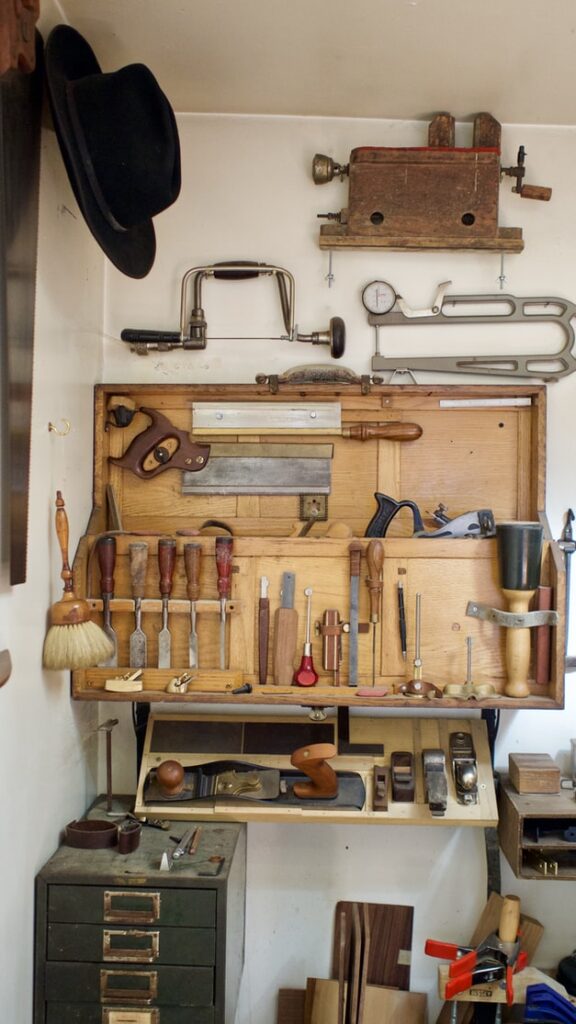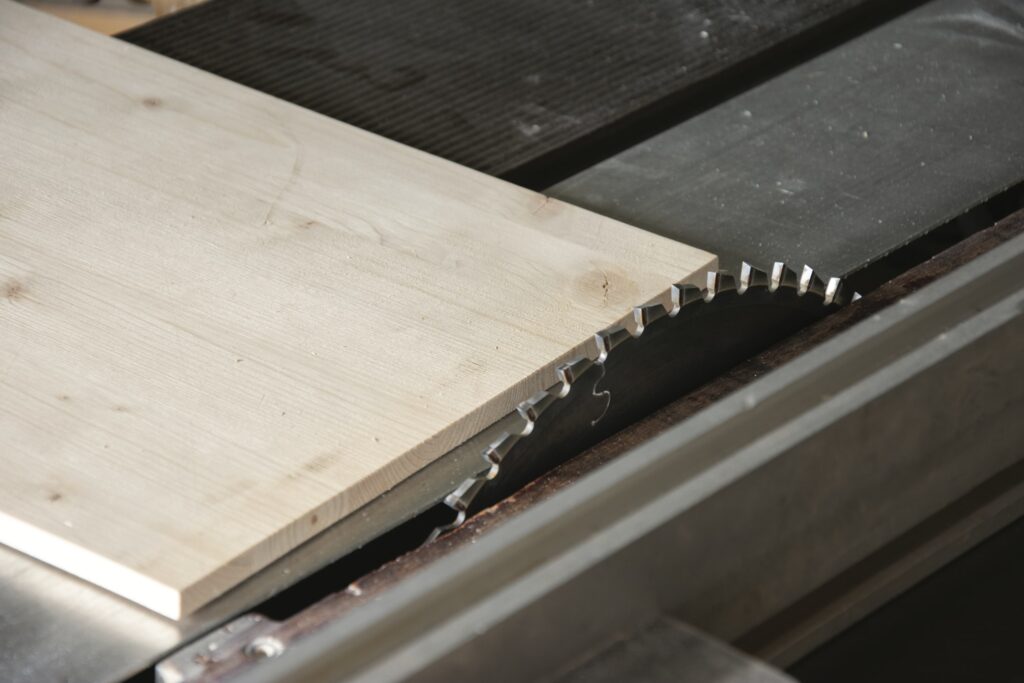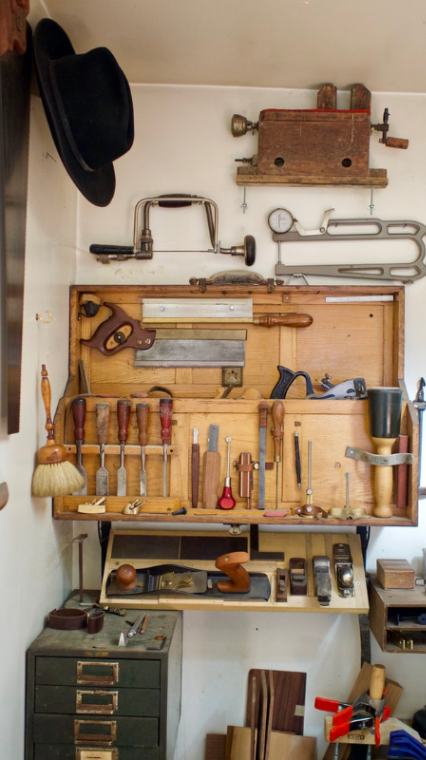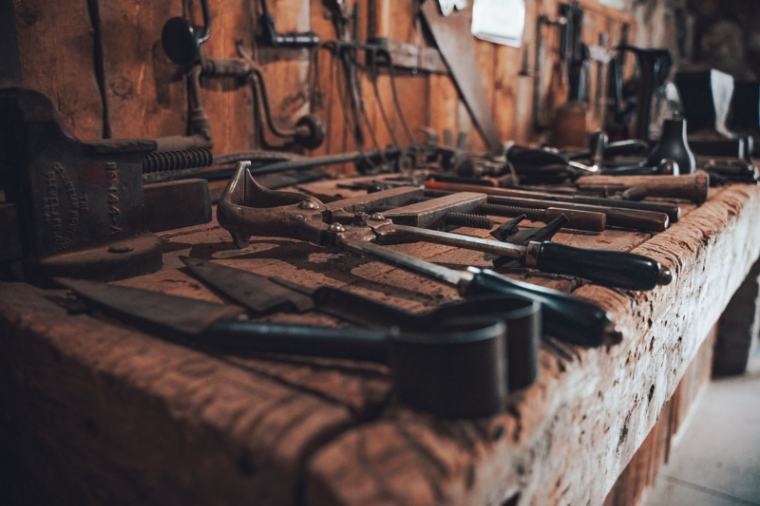The fine art of dealing with wood has so much to show. From the very skilled woodworkers who do woodworking for a source of revenue or the vacation woodworker who does it just for enjoyable, there is something for everyone. From discovering how to measure wood to understanding how tools run, this leisure activity really betters you as a person.
If you want to start woodworking as a hobby or a small business, always buy the highest quality tools that you can discover. While you may be able to find cheaper tools, they will end up breaking during your job. Invest the additional money and purchase a quality tool that will last a lifetime.
To get more information about how to make woodworking a lot more satisfying, continue reading this article and the pointers therein.
Get Quality Woodworking Tools

Keep all of your woodworking tools in a safe and dry place. You want to make certain that your tools are not in reach of children, along with that they will be safe from wetness and other components that can trigger them to degrade at high rate. Follow this guideline and your tools will last a long period of time. You may even want to take woodworking classes to help you get started.
If you find that there is rust on any of your woodworking tools there is a rather easy option. As long as the rust is just on surface area, all you need to do is utilize a pumice stone on the spot. Make certain to scrub gently, as being too rough can result in you damaging the tool itself.
Choose your woodworking tools and equipment carefully if you reside in a small space such as a house. You can still enjoy completing woodworking jobs, however might need to give up the 14-inch band saw. Pick tools that will do what you require but do not take up too much area.
Tips When Using Your New Table Saw

If you are trying new skills like using your new table saw, ensure that you practice on some wood that has no worth, like some scraps. You do not want to squander a costly piece of wood prior to you know exactly what you are doing. As soon as you have mastered your new abilities, you can move to a better piece of wood.
Usage stop blocks to your benefit for more precise work. When cutting a lot of pieces the same size, no matter how thoroughly you determine, you often discover small variations. Utilize a pre-cut stop block to make those measurements pinpoint accurate. Then the table saw will stop at simply the right length length.
Remember the quote, “Measure twice, cut Once.” When it comes to cutting wood, you always wish to ensure you have the best measurements before you start cutting. Otherwise, you will need to purchase more wood, which will cost you a lot of money. You can prevent this predicament by guaranteeing correct measurements.
Make sure you have the best sort of ear security when using your power tools. The machines utilized in woodworking produce great deals of sound. This can affect the quality of your hearing with time. You can get non reusable ear plugs or invest in a high quality set of headphones. Whatever you select, make sure to use them when operating loud power saws and other types of devices.
Using Sandpaper
When you begin sanding, constantly use a fresh sheet of sanding paper. Using fresh sandpaper permits you to get the sanding done more quickly. It is also simpler to sand with fresh sandpaper. Also, while sanding it is a great concept to inspect the sandpaper sometimes for blocking so you can change it as needed.
Do not apply strong pressure when sanding. If you push too hard, the surface area will be irregular. If you selected the correct sand paper, you need to not have to use tough pressure. Lightly sand with a circular movement and you’ll be fine.
Many experts will suggest sanding down and finishing the different pieces of the project before it is put together. This method makes finishing a lot easier and if the wood shrinks a little in the future, there will be no bare wood exposed. Nevertheless, it is important to keep the round off any surface areas that will be glued.
Using Stains And Paints
Stir, never ever shake spots and finishes before use. Over time, these settle, so blending is necessary. Shaking, however, adds bubbles and doesn’t constantly mix the stain or complete completely. Stirring mixes the products better by evenly mixing in any settlement that happened during storage. Stains and finishes that are not blended thoroughly will not use properly to the wood you’re staining and are at danger of looking blotchy.
Priming is a vital part of any painting task. This is especially real when painting untreated lumber. To assist you get the most stunning outcomes use 2 coats of guide to your incomplete wood. Gently sand in between the coats of primer. Then finish your project by applying two or three light coats of oil-based paint for a stunning surface.
Some Small Projects To Get Started With
Conserve some money and practice your woodworking abilities by constructing necessary items for your work space. Build some counters to work on and a work bench. Get innovative and you can make your work space even more arranged and effective given that you have the capability to organize the area.
When you approach a task, pick your purpose thoroughly. What will completion item be used for? Can you add energy to it so that it has a lot more utilizes? For example, when you build a desk consider also adding drawers and shelving to permit it to be an organized place to work.
Consider every part of your job, consisting of the small, voids. For instance, what can you add to the underside of your new desk to include more storage area? If you’re developing a bed, can you add some drawers beneath to put the linens into? Constantly keep your mind open to new ideas.
Continue Learning About Woodworking Tools
Always be on the lookout for ways to learn woodworking skills. If you know a woodworking specialists, ask them for their finest pointers. If you discover a magazine chock complete with ideas and suggestions, pick it up so that you can keep it in your archive. Even record TV shows like “This Old House” that have woodworking in them to give you some suggestions you my find there.
All great masters of their trade make the effort to inform themselves on as much as possible in regards to their skills and methods. You will be a much better carpenter now that you have actually taken the time to gain from this short article. Continue your reading so that you can produce remarkable outcomes.


